Rajathani Legends
Nahargarh Fort Jaipur Rajasthan
Mother Masala Tours
Regal Sunsets
Nahargarh Fort Jaipur Rajasthan. Known as the "Tiger's Abode," built in 1734 by Maharaja Sawai Jai Singh II, the founder of Jaipur. Located within the Aravalli Hills, this fort was initially constructed as a retreat for the royal family, providing them with a serene escape from the heat of the city. It served as a critical vantage point for monitoring the surrounding area and was strategically positioned to protect Jaipur from invasions. The fort's construction was an architectural feat, blending elements of Rajput and Mughal styles. The initial purpose was not only defensive but also to serve as a hunting lodge where the maharaja and his entourage could enjoy leisurely pursuits.
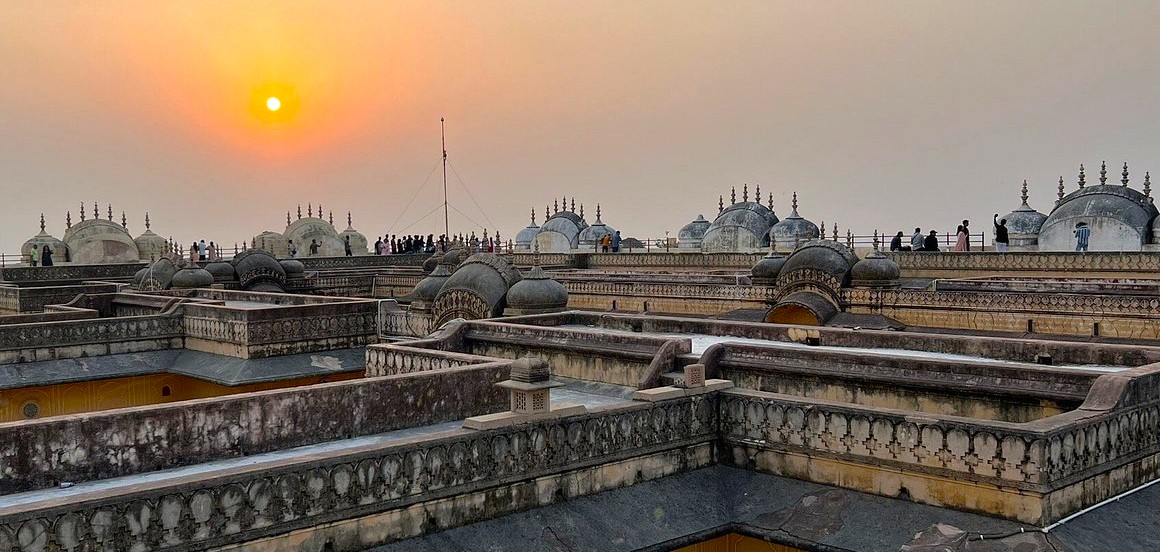
Nahargarh Fort Jaipur Rajasthan: Timeless Artifacts
Rich with artifacts that tell the story of royal life in Rajasthan. Within the fort, we find intricately designed rooms, which were once occupied by the royal family. Each chamber is adorned with frescoes depicting royal hunts, daily life, and mythological tales, providing a window into the artistic traditions of the time. The fort also houses various sacred spaces, including shrines dedicated to the Goddess Durga and other deities. These areas were significant for spiritual practices among the royals and their subjects, reflecting the deep cultural and religious roots of the Kachwaha Dynasty.
Ancient Mosaics: Impeccable Craftsmanship
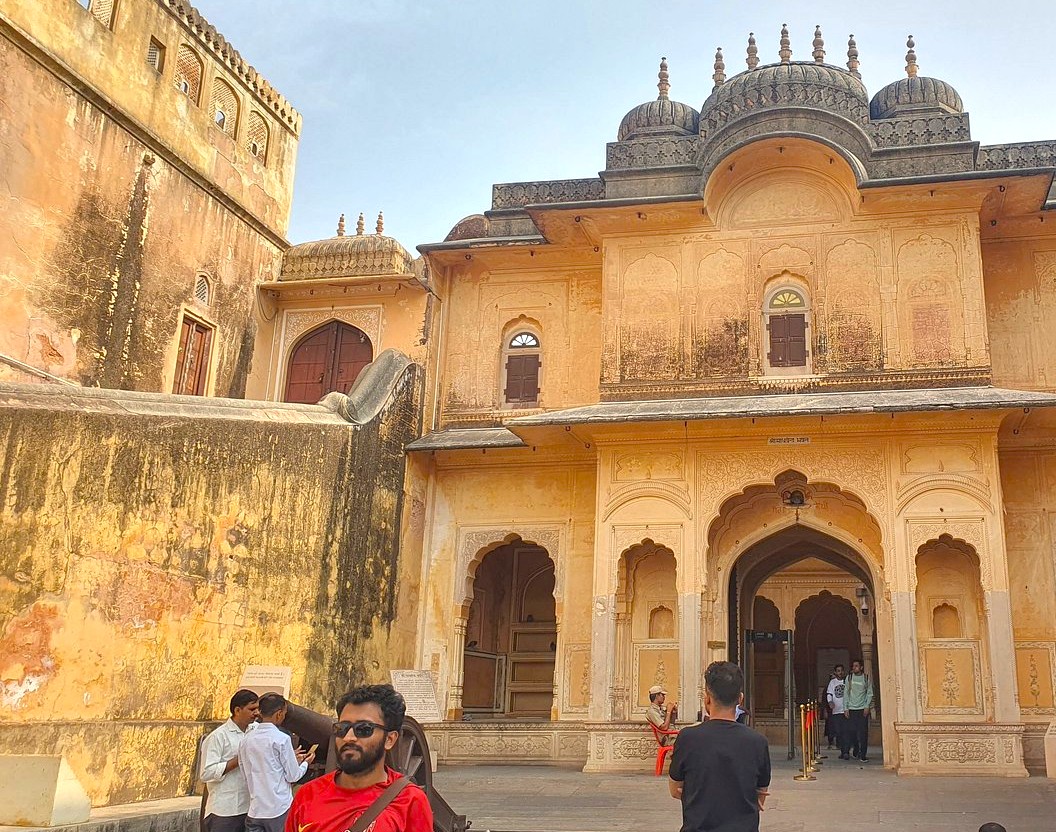
The craftsmanship at the Fort stands as a testament to the skilled artisans of the 18th century. The fort is marked by its exquisite frescoes, high-quality stonework, and elegantly designed interiors, each reflecting a blend of Rajput and Mughal styles. Craftsmen employed techniques such as intricate marble inlay and delicate wall paintings, which remain stunning even after centuries. The beautiful frescoes, painted using natural dyes, depict scenes from daily life, courtly gatherings, and historical events.
The Pulse of the Local Community
Nahargarh Fort Jaipur Rajasthan. The local community around Nahargarh Fort Jaipur, exhibits a warmth and hospitality reflective of the region's heritage. Residing near this historic site, locals take immense pride in their cultural history. This pride translates into a welcoming atmosphere where traditions are celebrated, and stories of the past are passed down through generations. People share a deep connection to their heritage, with many families involved in crafts that have been handed down over centuries, such as jewelry making, weaving, and pottery.
Festivals of Devotion: Honouring the Sacred and the Divine
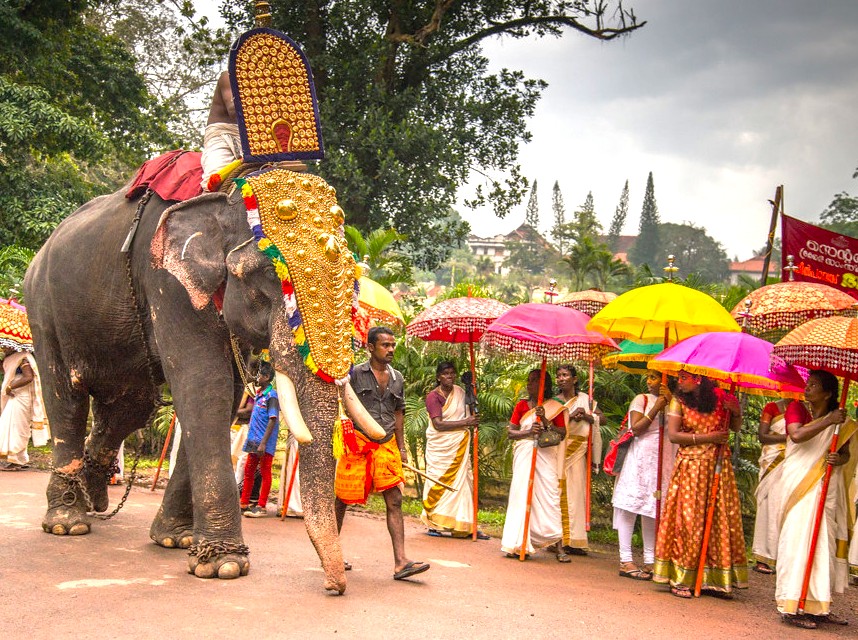
One prominent festival is Navratri, celebrated over nine nights in honor of the goddess Durga. This festival typically takes place in September or October and includes prayers, dance performances, and community feasts. Another festival is Diwali, the Festival of Lights, which usually in October or November. This event symbolizes the victory of light over darkness and is celebrated with fireworks, sweets, and the lighting of lamps and candles. Homes and streets illuminate, a stunning spectacle bringing together families and friends.
A Culinary Journey: Savor the Flavour
Nahargarh Fort Jaipur Rajasthan. Lets indulge Rajasthani cuisine that reflects the region's rich culinary heritage. We must-try dish is Laal Maas, a spicy mutton curry renowned for its deep red color and intense flavor. Made using succulent pieces of mutton cooked with a blend of whole spices, including red chilies, garlic, and yogurt, this dish embodies the essence of Rajasthani traditional cooking. Another flavorful dish is Pyaaz Kachori, a pastry filled with spiced onions, perfect as a snack or appetizer. These delightful kachoris are deep-fried until crispy and are often enjoyed with tangy chutneys, bringing together the diverse flavors of local cuisine.
Capturing the Magic: A Photographic Haven
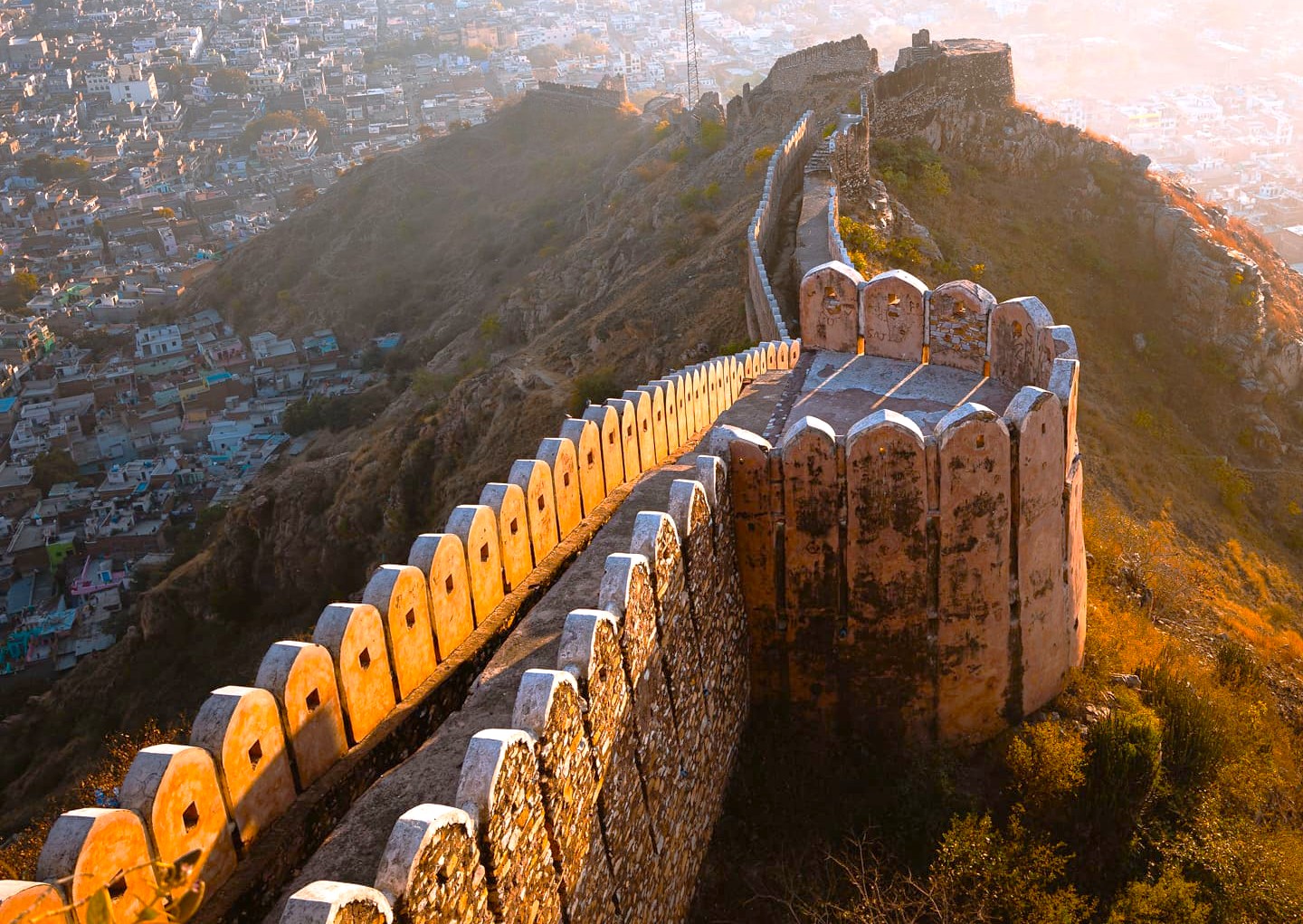
The Fort presents countless opportunities for photography, allowing us to capture its rich details and breathtaking views. The intricate murals, ornate arches, and historic courtyards create a stunning backdrop for memorable photographs. As the sun sets, the golden hour casts a beautiful light, illuminating the fort's features and offering dramatic landscapes that invite compelling compositions. Whether it’s the striking architecture or the city views, each click tells a story of history and artistry.
Serendipitous Meetings: Beyond the Main Path
Nahargarh Fort Jaipur Rajasthan. Exploring the paths that wind around Nahargarh Fort can lead us to serendipitous encounters with local craftsmen and artisans. Small workshops situated near the fort showcase traditional handicrafts such as pottery, textiles, and jewelry, each owning a unique story. As we stroll through the area, we may come across a family-run studio where intricate blue pottery is crafted, a technique that has roots dating back to the 16th century. Engaging with artisans allows us to witness their dedication to the craft while learning about the history and significance of their work.
The Connection with the Gods
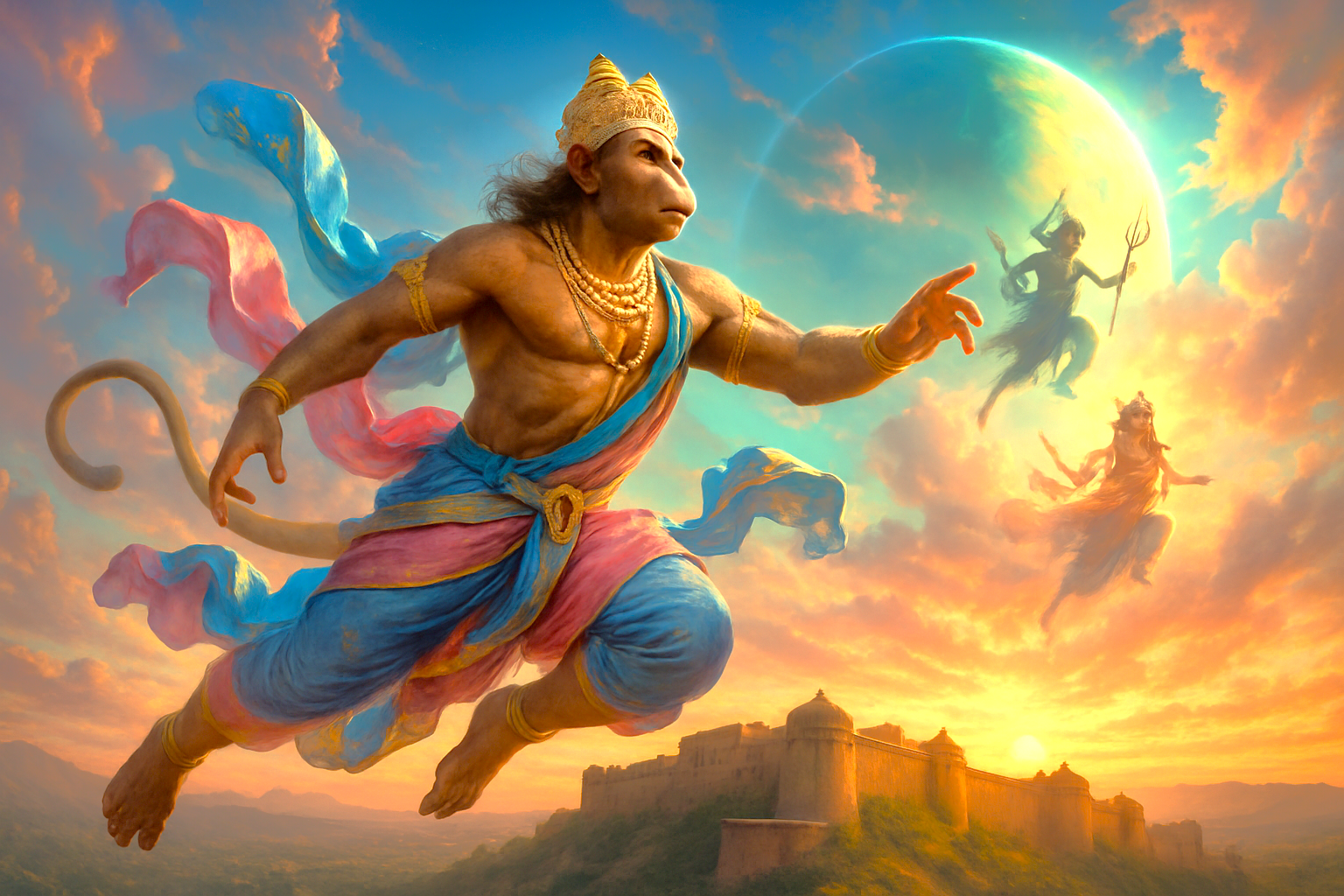
The deities worshipped reflect the rich spiritual heritage of the region. Among them, Goddess Durga holds a prominent place, revered for her strength and protective nature. Durga is deeply ingrained in local culture. Celebrating her victories over demons symbolizes the triumph of good over evil. Various legends recount the battles fought by Durga, each story highlighting courage, perseverance, and the importance of devotion. Also Hanuman, revered for his unwavering devotion and strength.
Resilience and Renewal: Overcoming Adversity’s Challenges
Nahargarh Fort Jaipur Rajasthan. Embodies resilience throughout its history, particularly during events such as the Indian Rebellion of 1857. As tensions rose against British rule, the fort served as a defensive stronghold, showcasing the strategic foresight of the Kachwaha rulers. The fortifications played a vital role in protecting the city during these challenging times. Despite facing periods of neglect, the site underwent restoration efforts in the late 20th century, reflecting the community's commitment to preserving its rich heritage.
Ancient Technologies: Sacred Sound, Geometry & Astrological Influences
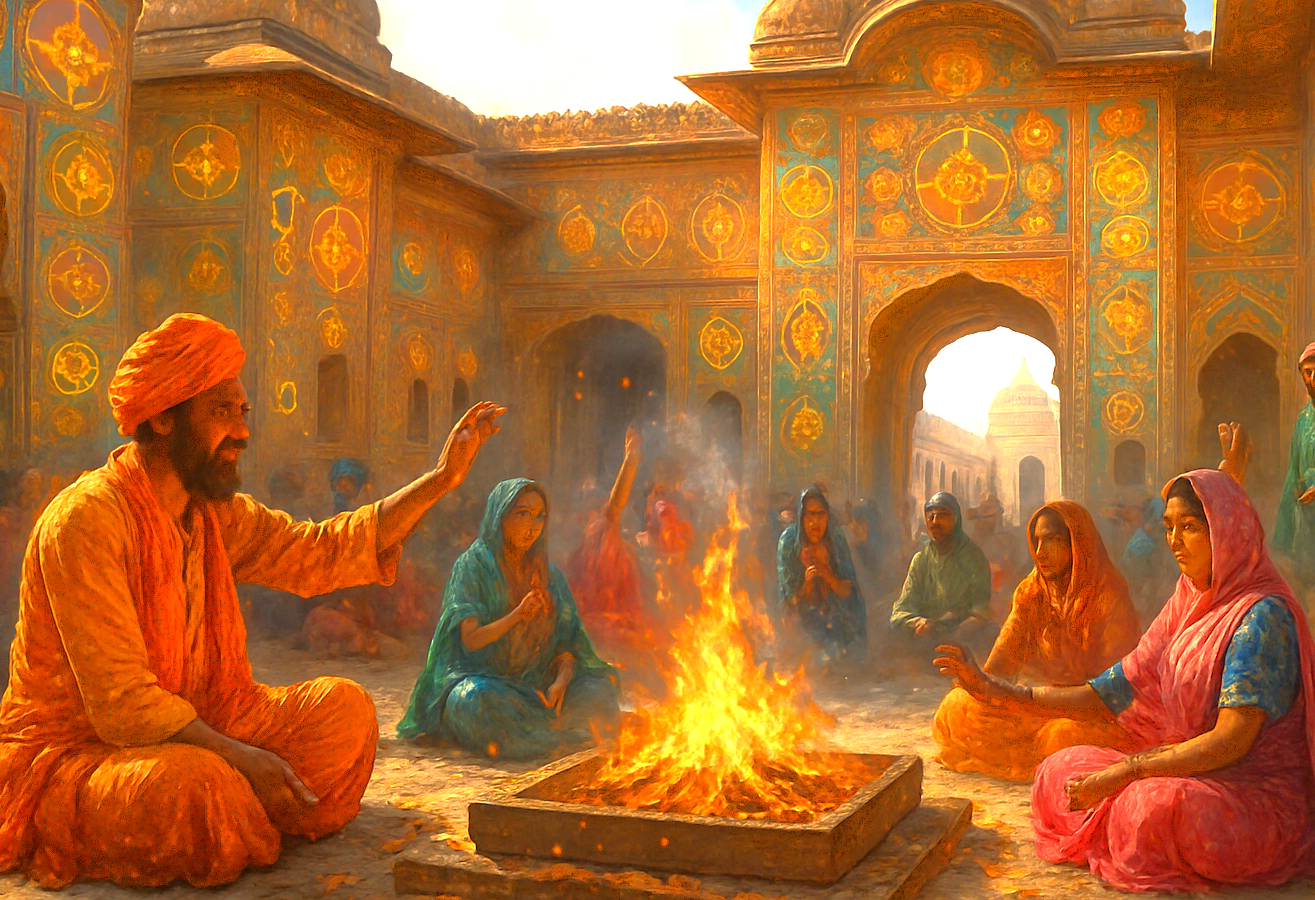
The design reveals ancient technologies interwoven with principles of sacred geometry and astrology. Materials used in its construction, such as local stone, contribute to the fort's resilience and energy resonance. The fort is designed around specific geometric formations that promote a feeling of balance and harmony, aligning with principles seen in Vastu Shastra. The use of Solfeggio frequencies, particularly 396 Hz, associated with liberating guilt and fear.
Urban Legends: Strange Sightings, Myths and Mysteries
The Fort is steeped in urban legends that captivate the imagination. One popular tale involves the ghost of a royal guard said to wander the fort at night, ensuring that the fort’s secrets remain protected. Locals recount eerie sightings of a figure in traditional attire, often accompanied by whispers of ancient battles and royal feasts. Another legend tells of a hidden treasure, buried somewhere within the fort. According to local folklore, the treasure belonged to a lost Kachwaha prince, who hid it during the tumultuous times of the British annexation. Rumors persist that one can still hear the clinking of gold coins on quiet nights.
Heres Your Invitation to Experience Something Special
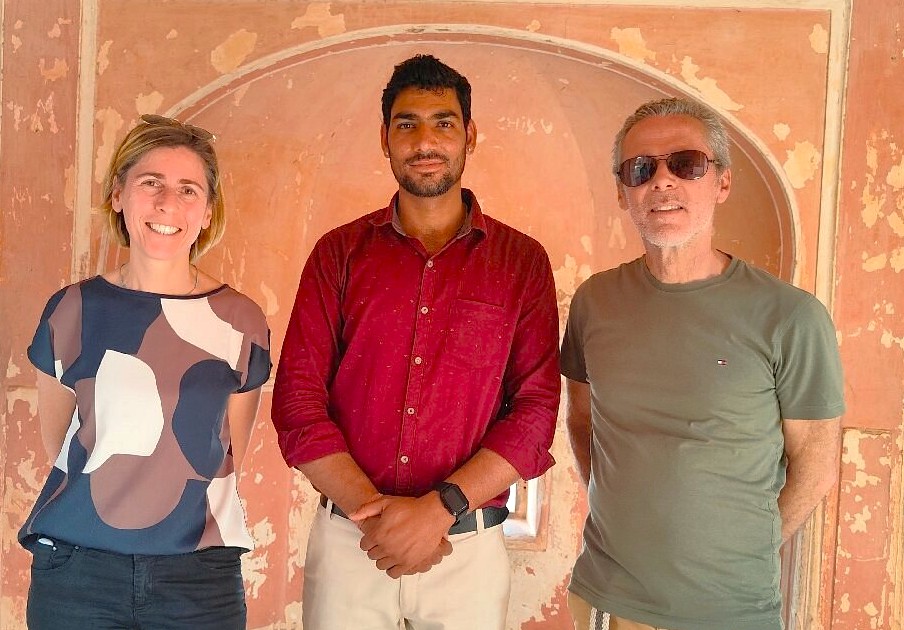
As we explore the secrets and stunning views at Nahargarh Fort, we invite you to join us in uncovering the rich tapestry of history and culture it offers. We engage with local artisans, savor traditional cuisine, and immerse yourself in the stories that have shaped this majestic place. We experience the unique atmosphere that surrounds this historical site, creating wonderful memories as we connect with the community. You’re welcome to become part of a narrative that combines the past with the present.
Symphony of Generosity: Offerings from Wanderers to Residents
Nahargarh Fort Jaipur Rajasthan. The dynamic relationship between those who explore Nahargarh Fort and the local residents fosters a spirit of generosity and shared experiences. When we support local artisans through purchasing unique handcrafted items, we contribute to the sustainability of their crafts and ensure their preservation for future generations. This interchange benefits not only the local economy but also enriches our journeys, allowing us to appreciate the true essence of the community.